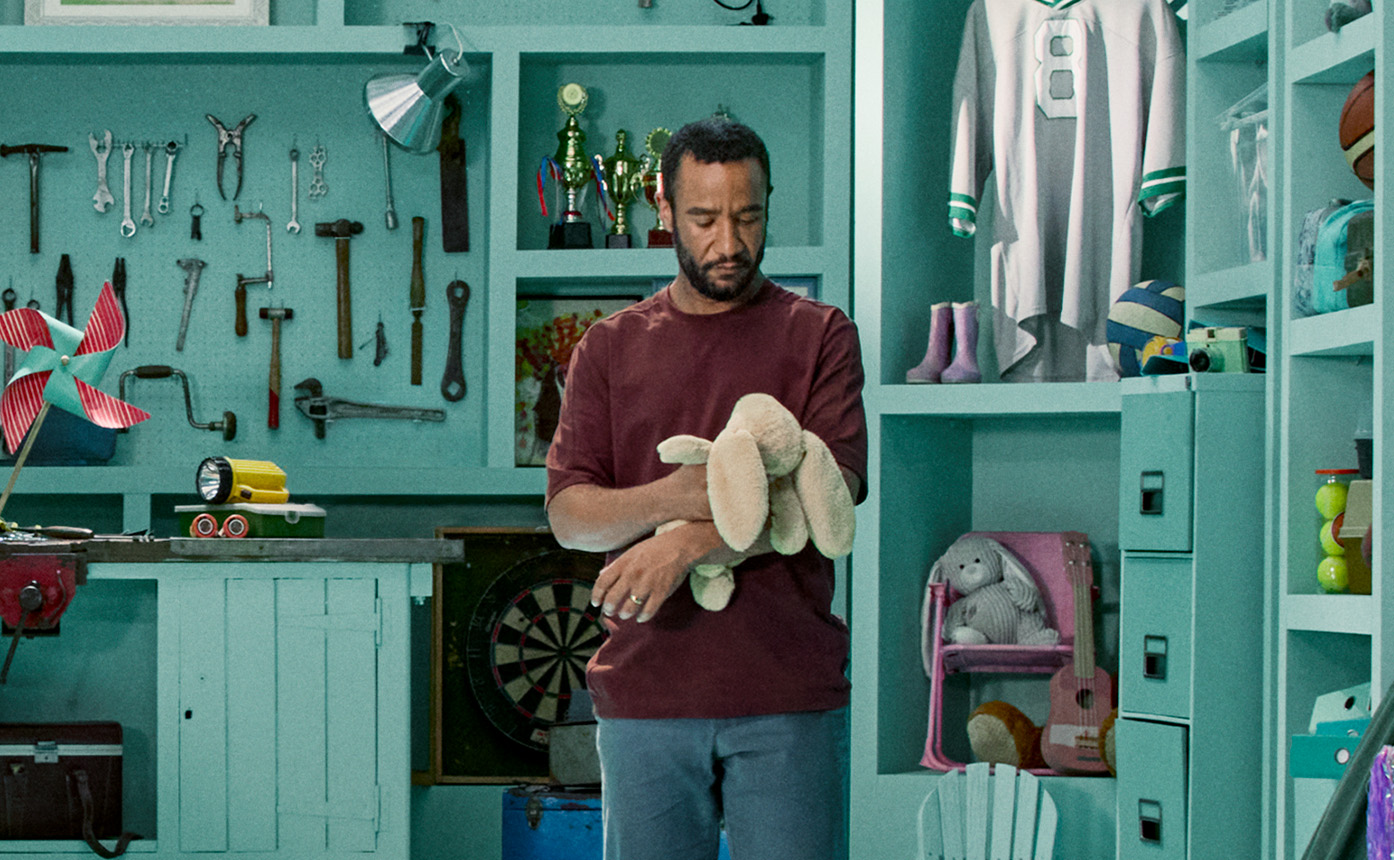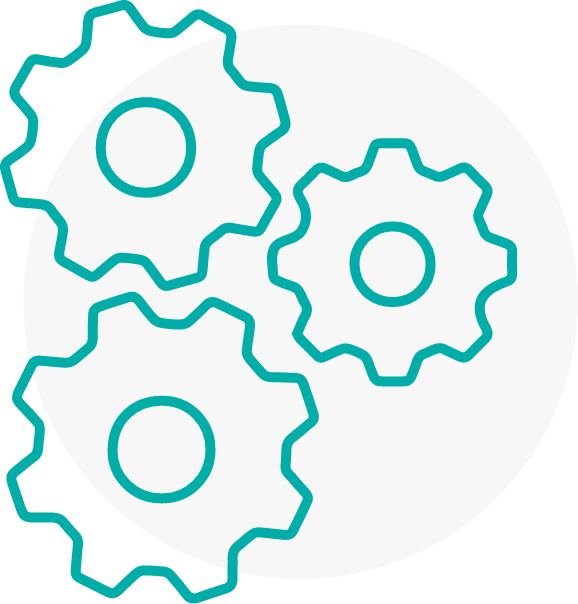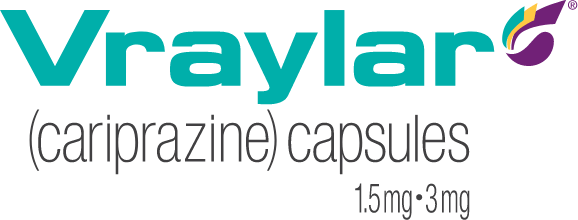Managing
Depression
How common is depression?
Major depressive disorder (MDD), commonly referred to as depression, is one of the most common mental disorders in the United States.

Many who are taking an antidepressant may still have unresolved symptoms.
In fact, in a large US study of adults with depression, approximately 50% still had unresolved depressive symptoms with their first antidepressant.
If you are still struggling with unresolved depression symptoms while on an antidepressant for at least 6 weeks, ask your healthcare provider if changes to your treatment may be needed.
Test your knowledge: myth or fact?
Do you know the truth about depression and its treatments? Choose whether the statements are myths or facts.
There are several options that can be effective at managing depression, even when you feel stuck. It’s important to work with your healthcare team to find the treatment(s)—medication, therapy, and lifestyle changes—that work for you.
Have you ever tried an add-on treatment, along with your antidepressant?
Everyone reacts to depression treatment differently
Antidepressants work differently for different people, so finding a treatment that’s right for you may take some time. But don’t hesitate to contact your healthcare provider if your unresolved depression symptoms are making you feel stuck in your daily life.
Feeling highs and lows?
If you are experiencing unpredictable highs in your mood in addition to some or all of the common depression symptoms, please click here to learn about a different mental health condition and talk to your healthcare provider to discuss further.




Common symptoms of depression may include:
- Feeling sad
- Loss of interest in enjoyable things
- Feeling worthless or low mood
- Trouble sleeping (sleeping too much or too little)
- Changes in appetite (eating habits)
- Difficulty concentrating or thinking
- Lack of motivation
- Moving/speaking slowly
- Thoughts of suicide
Feeling highs and lows?
If you are experiencing unpredictable highs in your mood in addition to some or all of the common depression symptoms, please click here to learn about a different mental health condition and talk to your healthcare provider to discuss further.
Hear from real people living with depression
Nick and Josh both struggled with depressive symptoms before they were diagnosed with major depressive disorder (MDD). Watch to hear about their experience with MDD and their advice to others living with depression.
The people featured in these videos are sharing their individual experiences with MDD. Individual experiences with the condition and treatment will vary. The people featured are not currently taking VRAYLAR.
Nick, a dog dad and motorcyclist, talks about his MDD journey
Josh, an Air Force veteran, navigated stigma surrounding depression
Pay attention to how you’re feeling
If you are still dealing with symptoms of depression, try tracking how you are feeling to discuss with your doctor. Use our symptom tracking tool before your next appointment to monitor your symptoms and to help your healthcare provider determine if changes to your treatment plan are needed.

Make the most out of your appointment
Help your provider understand how you’re feeling. Complete this simple quiz about your symptoms to create a personalized discussion guide for your next appointment.
Hear about Kami's experience with adding VRAYLAR
Kami was diagnosed with major depressive disorder. Even though she was taking an antidepressant, she still struggled with lingering depression symptoms. Watch Kami's story and see her experience with adding VRAYLAR to her antidepressant to help manage her depression symptoms.
The person featured in this video is sharing her individual experience with VRAYLAR. Individual experiences with the condition and treatment will vary. Talk to your healthcare provider to see if VRAYLAR may be right for you.


VRAYLAR is different from an antidepressant
It is in a different class of medicines and is taken with an antidepressant to help improve depression symptoms. However, the exact way VRAYLAR works is unknown.
Ask your healthcare provider if adding VRAYLAR to your antidepressant therapy could be right for you.
Taking an antidepressant and still experiencing depression symptoms?
*Terms and conditions apply. Available to commercially insured patients only. See Terms and Conditions for full details.










